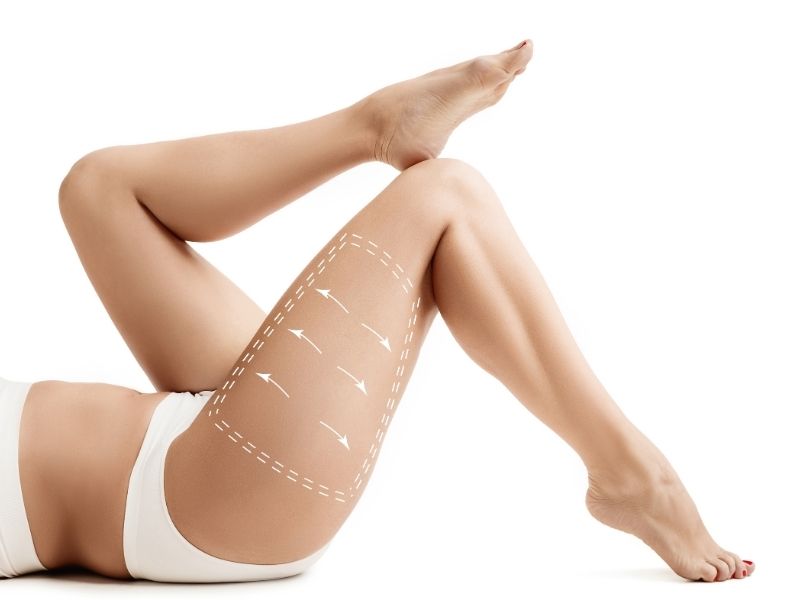
Leg Augmentation – Leg Contouring
The legs may be thin and in the shape of ‘C’ as called ‘paranthesis deformity’. Sometimes there is a discrepancy between the thigh and the leg dimensions. In this situation the leg is thickened by insertion of a calf implant or lipoinjection. Insertion of the implant is done through a short incision made on the back side of the knee (poplitea). Fat injection is done without making any incisions.
The procedure is performed under general anesthesia and lasts for about 1 hour depending on the extent and amount of excision. Hospital stay is not required and the patient can return to work after about a week. The aim is to obtain a proportional and aesthetically charming leg with good contour.
Frequently Asked Questions About Thigh Thickening
Will there be scars after leg augmentation surgery?
There are no scars after fat injection or filler procedures, as they are performed with a needle. In silicone implant surgery, scars may occur, but since the incision is usually made behind the knee or along the calf crease, they are not visible.
Can I exercise after leg augmentation surgery?
Yes, but you need to wait for a certain period before exercising. After fat injection, light exercises can usually begin within 2–3 weeks. In the case of silicone implants, exercise should be avoided for 6–8 weeks.
How much does leg augmentation surgery cost?
Prices vary depending on the technique used, the surgeon’s experience, and the location of the clinic. You can contact us to get detailed information about leg augmentation surgery costs.
Is leg augmentation surgery risky?
As with any surgical procedure, leg augmentation surgery also carries certain risks:
- Risk of infection
- Swelling and bruising
- Partial absorption of the injected fat
- Possible displacement of the silicone implant
To minimize such complications, it is important to choose an experienced plastic surgeon.
Which is better for leg augmentation: fat injection or silicone implant?
The choice depends on personal preference and leg structure. If a natural fullness and lower risk are desired, fat injection is recommended. If a more defined and permanent result is preferred, silicone implants are the better option.
Is leg augmentation surgery painful?
The surgery is performed under general anesthesia, so no pain is felt during the procedure. Mild pain may occur after the operation, but it can be managed with painkillers prescribed by your doctor.
Is leg augmentation permanent?
Silicone implants are permanent for a lifetime, while fat injections may partially dissolve over time, typically by 30–50%.






